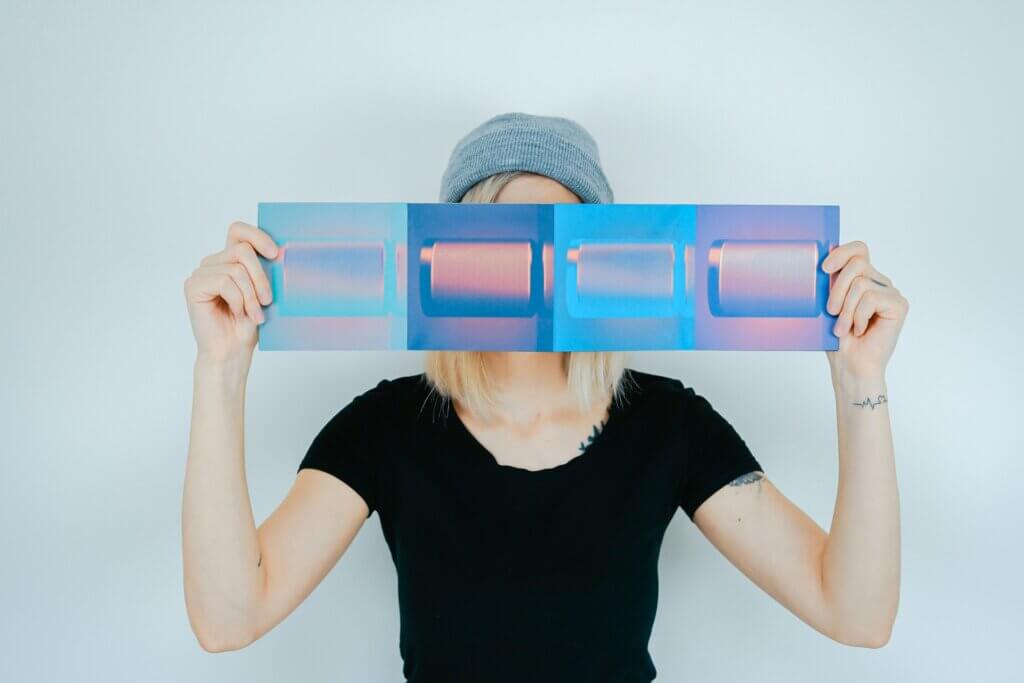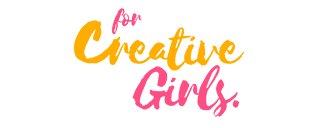Setting up your artwork for print-on-demand (POD) success is crucial for artists and designers looking to expand their reach and monetize their creativity. By following a few key steps and implementing best practices, you can ensure that your artwork translates well onto various POD products while maintaining integrity. This guest post explores the essential tips and tricks for setting up your artwork for success on the best print-on-demand sites.

Photo by Toa Heftiba.
Choosing High-Quality Image Files
One of the first steps in setting up your artwork for print-on-demand is selecting high-quality image files. In order to ensure that your design looks crisp and professional, it’s important to use images with good resolution. Typically, a minimum of 300 dpi (dots per inch) is recommended for print quality. Additionally, opting for file formats like PNG or TIFF will help preserve the image clarity during the printing process. In fact, some of the best print on demand companies will have set guidelines for image quality.
Utilizing Proper Color Modes
Accurate color representation is crucial when translating your art into various products. It’s important to choose the right color mode – either RGB or CMYK – depending on the intended usage and printing method. RGB color mode is ideal for digital viewing, while CMYK is better suited for printing purposes.
Related Piece – An Interview with the Design Director of Tattly, on Combining Form, Function, & Delight.
Considering Bleed and Safe Zones
Bleed refers to extending the background or design elements slightly beyond the expected trim line. This ensures that there are no white edges or gaps after cutting during production. It’s recommended to add at least 0.125 inches of bleed on each side of your design.
On the other hand, safe zones refer to keeping critical elements like text and important details within a specific area inside your design layout. This prevents any risk of them being cut off during trimming. A safe zone between 0.25-0.5 inches away from any trim lines is generally advised.
Ensuring Scalability
Another vital aspect of setting up artwork for print-on-demand success is ensuring scalability without compromising quality, regardless of product size. Make sure that your design files can be adjusted and resized to fit various dimensions proportionately without a noticeable loss in quality.
Testing the Design for Print-on-Demand
Before making your artwork available for sale, it’s wise to thoroughly test how it appears on different POD products. This will help you identify any potential issues like color shifts, pixelation, or distortion. Ordering samples from the POD platform and assessing physical prints can give you assurance about the final results before they reach your customers.
Understanding Product-Specific Requirements
Each print-on-demand platform typically has its own unique set of requirements and guidelines for artwork setup. It’s essential to familiarize yourself with these specifications to ensure a smooth printing process and avoid any unexpected surprises when placing orders. Some platforms may have specific file size limitations or recommend using a particular color profile.
Respecting Copyrights and Licensing
When creating artwork for print on demand, it’s important to respect copyrights and licensing agreements. Avoid using copyrighted images, logos, or trademarked content unless you have obtained proper permissions. Utilizing original art or purchasing licenses for graphic elements can help maintain a professional and ethical approach to your designs.
Seeking Feedback
Finally, don’t hesitate to seek feedback from fellow artists, designers, or even potential customers on your artwork before launching it on print-on-demand platforms. Constructive criticism can be invaluable in making necessary improvements that enhance the marketability of your art.
Conclusion
Setting up your artwork for print-on-demand success doesn’t have to be daunting. By following these crucial steps – such as choosing high-quality image files, utilizing proper color modes, considering bleed and safe zones, ensuring scalability, testing the design on different products before making it available for sale – you can enhance the professionalism and market appeal of your creations.
Remember to respect copyrights and licensing while seeking feedback from others within the community. Armed with these tips and tricks, artists and designers can confidently navigate the realm of print on demand, expanding their reach among art lovers and transforming their talent into a lucrative business venture.





